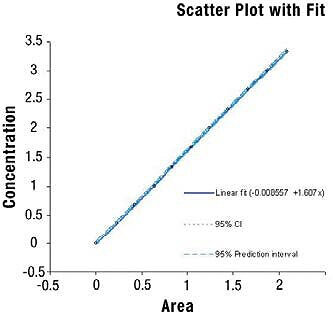Articles and Information
Gas Standard Preparation - Liquid Injection
Gas mixtures and standards - what you need to know
Determining specifications and ordering gas standards seems easy at first glance - “what chemical components do I need in my test standard?” Then things get complicated. What size cylinder is required and/or how much of the gas mix is needed to perform the test(s) or calibrations? Both questions are legitimate and can be dictated by space constraints in the lab or by the amount of gas an analyzer requires. Next, what level of uncertainty does the analysis require? Gas standards have a specified mixture uncertainty and analytical uncertainty. Typically, the lower the uncertainty the higher the price. What about traceability? Does the analysis require the gas manufacturer to analyze the mixture against a Primary Standard certified by a National Laboratory (i.e. EPA protocol testing standards)? How are gas standards even manufactured?
All this and more are explained in a chapter we prepared for book on the analysis of gases.
Custom Gas Solutions, LLC - Special Feature
meet custom gas solutions - GASWORLD SPECIAL FEATURE
Gasworld US edition (www.gasworld.com) chose Custom Gas Solutions as the subject of a Special Feature in a recent edition highlighting specialty gases. For a better understanding of what we do and why we do it, download the article and imagine how we can help solve your needs.
Analytical Data Plot Regression Analysis
Stabilization of reactive gas standards
One key focus of Custom Gas Solutions has been the continuing development of cylinder stabilization techniques that improve the quality of the products we supply. This article, written for Gases and Instrumentation magazine, explains the practices and analytical methods that allow Custom Gas to achieve superior accuracy and stability in a low-level standard for a historically difficult material (nitric oxide <1 ppm).



